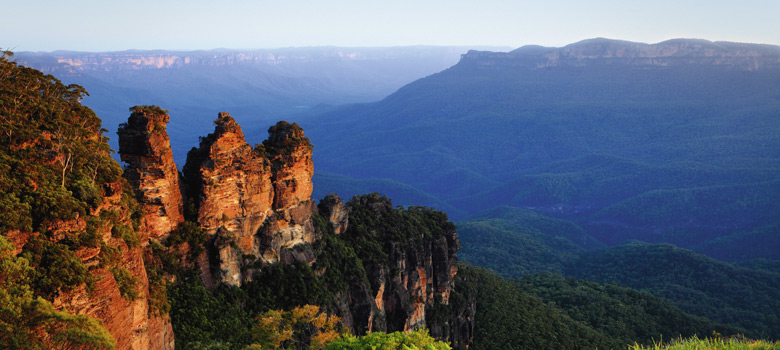
Life
Up Mountain, Down Time
It’s a beautiful autumn day to be in the Blue Mountains. The sun is bright, with the warmth tempered by a hint of seasonal crispness – perfect bushwalking weather. Except we’re not walking, we’re doing the penguin shuffle. This might sound like some kind of daggy dance, but it’s actually an essential safety move on the Aboriginal Blue Mountains Walkabout Tour.
Our group is being led by Evan Yanna Muru, a member of the Darug people, who once lived throughout the Sydney area. Evan offers his unique tour every day of the year, leaving from the Faulconbridge train station, just 30 kilometres east of Katoomba. Over five hours, including a 3.5 kilometre medium grade bushwalk, he promises a life-changing experience.
The reason he’s taught us the penguin shuffle is to keep us safe on the steep, sometimes slippery bits of the track, so having channelled our inner Pingu, we set off.
Our first stop is by a lemon-scented tea tree – the bush deodorant – and as we crush up the leaves, Evan encourages us to rub the scent over our bodies. With our new perfume wafting behind us, he reveals the bush to be a cornucopia of practical and edible delights. We pick a long leaf from the lomandra plant and Evan gets us to give the end a nibble – it tastes a bit like peas – as he tells us about how the ancestors used it, from weaving it into baskets and mats, to roasting it to make flatbread.
Then there’s the red bark tree, aka the bush bandaid, and the bracken fern, its nodules perfect for roasting and eating. And when you’ve had your fill of bush tucker, there’s ‘chewing gum’ to freshen your breath in the form of a licorice-tasting leaf from the native sarsparilla plant.
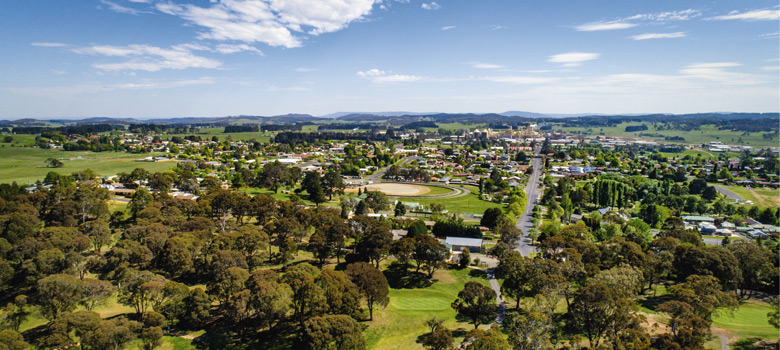
It’s a feast for the senses and between sniffing and tasting, I’m madly scribbling notes, snapping pictures and thinking of where we’re off to next, what questions to ask, what’s for dinner, and a million other things.
So when we arrive at a cave and Evan invites us to sit and listen, I can feel the restlessness gathering in my legs. And when he speaks, his rhythm is slow and his pauses lengthy, feeding my impatience. But as I listen to what he’s saying, I realise the whole point of his lesson is to rid myself of exactly this feeling.
His talk is of connecting to The Dreaming, known in Aboriginal culture, he says, as “the complete world of the spirit.” To make this connection, we need to let go of our thinking state and “nurture a state of feel.” This, he describes, means “being with our senses, feeling the energy of our own body, and that of our surroundings.”
While Evan says that to do this the ancestors wore little clothing and certainly no shoes, he concedes this might get us arrested. Instead, we commit to feeling the ground more firmly, breathing in the scents more keenly and feeling the trees and plants more mindfully.
For the rest of the walk, the bush becomes even more beautiful and vibrant, brought to life by Evan’s creation stories of Earth Mother, Lightning Brother and the Rainbow Serpent. There are rock carvings and a chance to try ochre painting, but most importantly, we gain a deep appreciation for this unique opportunity to slow down and stop being so needlessly busy.
Mushroom fever
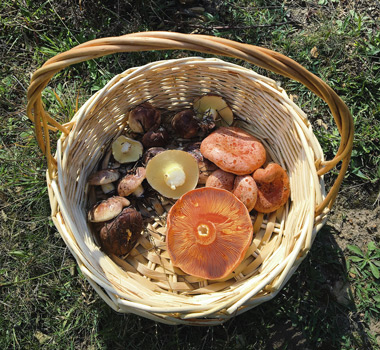
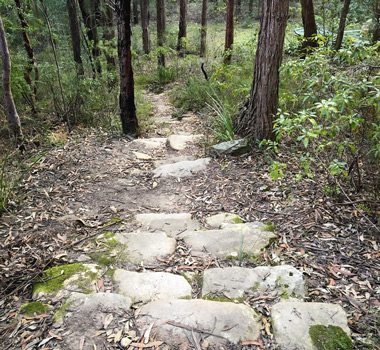
While Evan is a wealth of knowledge on the natural abundance of the native Australian bush, wild food advocate Diego Bonetto is keen to reveal the riches in our introduced forests. It’s a matter of developing “mushroom eyes”, he says.
Diego is talking to a group of keen mushroom foragers who have gathered in Oberon, a Blue Mountains village about 80 kilometres west of Katoomba. The workshop is part of the inaugural Field to Forest festival, a month-long event that unearths this region’s rich feast just waiting to be foraged.
Ten years ago, Diego explains, it was only Australia’s Italian and Polish families who’d be found foraging. In fact, when he first started leading tours, Diego was warned that the Polish mafia were onto him for telling too many people!
Diego laments the fact that the knowledge our grandparents and great-grandparents took for granted is rapidly disappearing, so he’s dedicated himself to preserving oral history.
“At one point, everyone knew what we’re learning today,” he says.
Diego only teaches two types of mushrooms – the saffron milkcap and the slippery jack – as they’re safe to eat and easily recognisable. “Ignore everything else,” is his caution. The saffron milkcap is a meaty mushroom that Diego describes as being good for making Russian-style schnitzels, while the slippery jack, as the name suggests, is a gooier funghi like the Asian styles.
Once he’s taught us what to look for and how to cut the stem, we’re let loose with our little knives and wicker baskets at the ready. Beneath the cool pines, the forest floor is like a fairytale scene with its troops of amanita muscaria – their white-spotted red caps look like the perfect gnome homes. But, of course, they’re best left be and we try our hardest to focus on the prize.
It takes a little while and a few dud picks, but soon enough, victorious whoops ring out amid the trees. It’s happening, just as Diego promised – “You get the mushroom eyes, you learn what to look for then realise they’re everywhere. And mushroom eyes lead to mushroom fever! One more, one more, you can’t get enough!”
With baskets overflowing and leech encounters few, the foragers regroup, ready to present their loot to Diego. He checks each collection to make sure they’re all safe, then treats us to a simple yet mouth-watering tasting.
With just a dash of oil, some garlic and parsley, batches of slippery jacks and saffron milkcaps hit the frypan before hungry hands reach in and they quickly disappear.
Like Evan with his Dreamtime lessons, Diego has offered more than the skill of mushroom recognition. He’s taken us into a headspace where thinking is left behind and our senses are on high alert.
snuffling for truffles
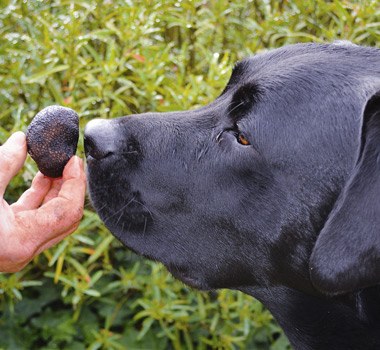
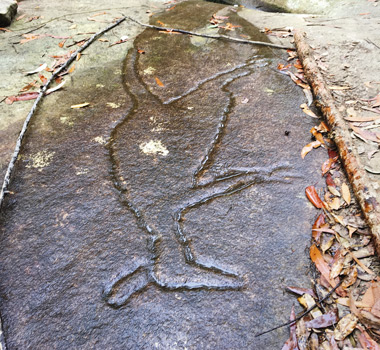
Who better to continue this lesson than one of the animal kingdom’s most sense-driven creatures – when it comes to food, anyway. Floyd the Labrador is a big, boisterous good boy who’s keen to show us the joy of a dirty snout.
His home and workplace is Oberon’s Lowes Mount Truffiere, where beneath the rows of Ilex, Robur and Hazelnut trees, Floyd’s talents really shine.
Walking beside his assistant and farm owner, Col Roberts, Floyd sniffs, snuffles and eventually points to what appears to be a nondescript patch of dirt. Col laughs and shakes his head, because the thing is, it’s not truffle season yet. But he kneels down anyway, digs a bit of dirt away and sticks his nose in. Sure enough, Floyd has struck gold, detecting a little nugget that might not be ripe enough to eat, but is enough for us to see his skills in action.
Col and Floyd run truffle hunts at their Oberon farm every weekend throughout winter, but you have to book early to secure a place. After each hunt, Col demonstrates how to clean and grade a truffle, before you settle in for a tasting platter featuring truffles paired with foods that are high in rich natural fats such as butter, cream, milk and eggs, which really allow the truffle flavours to shine.
Whether you’re hugging trees on a walkabout with Evan, rummaging in the pine needles for mushrooms with Diego, or following Floyd as he sniffs out truffles, the Blue Mountains is the home of slowing down, switching off and letting your senses take charge.